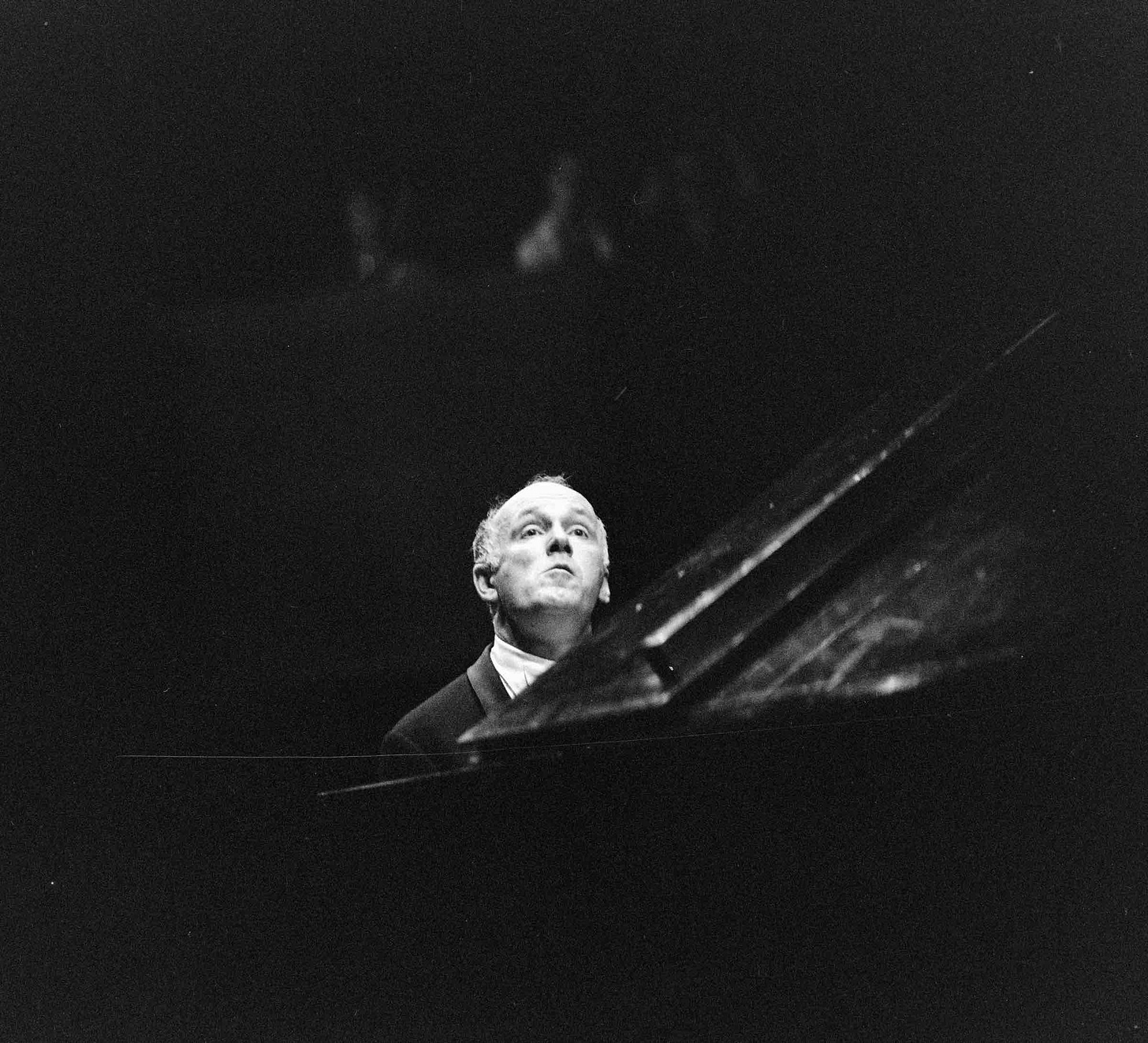The sound of silence
Listened to in a loud world
Paul Simon was 21 years old when he wrote "The Sound of Silence" in 1964:
“Hello darkness, my old friend
I've come to talk with you again“
Art Garfunkel described the song’s meaning as "the inability of people to communicate with each other.“ A current issue in times of filter bubbles and polarization. And yet, with all its tender fragility, listening to the original acoustic version today feels less like an encouragement to express yourself and more like a reminder that genuine communication carries silence with it like a shadow.
In the years between the song’s creation and the present day, self-expression has become imperative. The attention economy demands that anyone who doesn’t want to fall out of society must show themselves, stage themselves, have an opinion, take a stand and speak up—in short, be loud. It's true what Paul Watzlawick taught: you cannot not communicate. Both the optimistic belief in understanding promoted by the Enlightenment and the post-Enlightenment expression of singular identities are forms of communication. But constant communication can turn into incomprehensible noise:
“People talking without speaking
People hearing without listening”
What resonates today in Simon & Garfunkel's song, both in the ambiguity of the lyrics and the delicacy of the music (so far removed from the grotesquely pompous cover version that Disturbed released in 2015), is the insight that communication is built upon silence, that words are
„whispered in the sound of silence"
It's an idea that is deeply embedded in the fabric of cultural history. Whether in antiquity with the Socratic method and its withholding of the truth, or in Romanticism with Friedrich Schlegel's unease about a completely understandable world, we are always dealing with a skepticism towards unlimited communication. Isn't it so that truly profound thoughts don't need many words and are better served by a hint?
We dismiss empty utterances as "just talk" and distrust overly polished words, as if something of the roughness of reality should be reflected in our communication. Words gain gravity when they are uttered after an extended silence.
Both didactically and diplomatically, it's wise not to unsettle others with bluntness or show your hand too early.
Not being entirely predictable makes people interesting and attractive. Inscrutability fascinates.
Those who have been attacked in public, especially on social media, often realize too late that it would have been wise to protect themselves from harm by not sharing and keeping private matters to themselves.
Quietly accomplished acts of kindness, those not expressly advertised, are superior to ostentatious displays of morality and virtue signaling.
Silence speaks volumes, demonstrating tact and politeness. When confronted with cruelty and suffering, nonverbal gestures often mean more, and sometimes, any utterance can be inappropriate.
The more examples I gather, the more it seems to me that the most beautiful part of Simon & Garfunkel’s ever-touching song is the last few seconds, when the sound gradually fades into silence.



Thank you for your thoughtful reflection. It highlights how optimism inspired the Enlightenment’s pursuit of understanding and remains essential today for progress and positive transformation. I am curious, what makes you optimistic?"